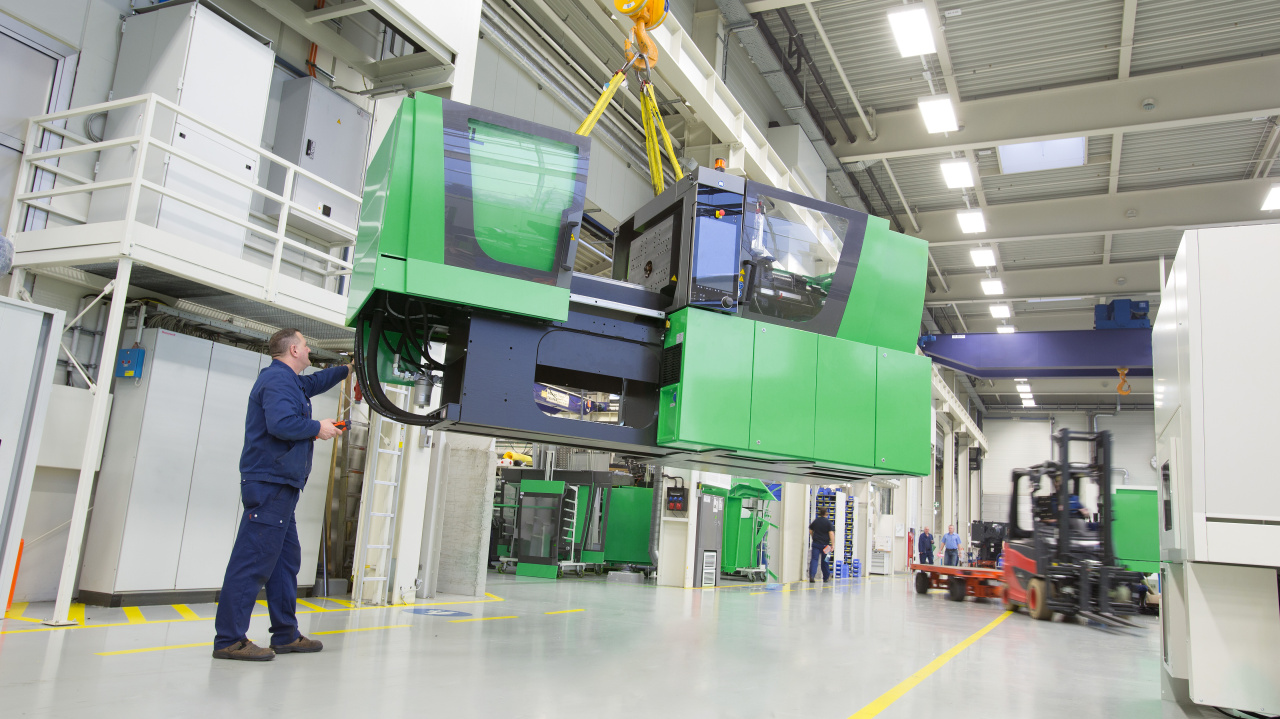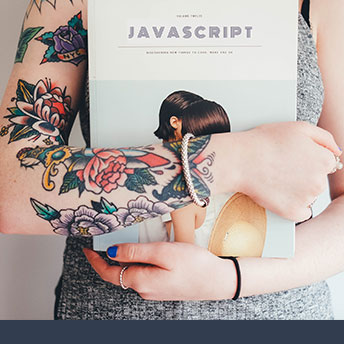Pay-per Use Equipment Finance, in the dynamic landscape for manufacturing finance is gaining momentum as an exciting factor that transforms conventional models and offers businesses unprecedented flexibility. Linxfour is at the cutting edge of this revolution, leverages Industrial IoT to bring a new type of financing that will benefit both manufacturers and equipment operators. We Delves into the intricacies of Pay per Utilization financing, its effect on sales in challenging conditions and how it changes accounting practices by moving from CAPEX to OPEX and freeing the balance sheet treatment that is required under IFRS16.
The Power of Pay-per-Use Financing
Pay-per use financing is an innovation for manufacturers. Companies are no longer paying rigid fixed amounts rather, they pay according to how the machine is used. Linxfour’s Industrial IoT Integration ensures accurate monitoring, transparency, and avoids additional costs or penalties if equipment is not used. This revolutionary approach increases flexibility in managing cash flow. This is especially important in periods of fluctuations in demand from customers as well as low revenue.
Effect on sales and business conditions
The overwhelming majority of equipment manufacturers is a testament to the potential of Pay-per-Use finance. Even in tough economic times, 94% think that this model is a good method to increase sales. The ability to match costs directly with usage of equipment not only attracts businesses looking to cut costs but makes it a win-win situation for the manufacturer, who is able to offer more attractive financing options to their clients.
Transitioning from CAPEX to OPEX: Accounting Transformation
One of the key differentiators between traditional leasing and Pay-per-Use financing is in the realm of accounting. Businesses undergo a major transformation when they move from capital expenditures (CAPEX) as well as operating costs (OPEX) and Pay per Utilization. This shift has significant implications for financial reporting providing a more precise representation of the costs that are that are associated with revenue generation.
Unlocking Off-Balance Sheet Treatment under IFRS16
Pay-per-Use finance has an distinct advantage since it is treated off balance sheet. This is a crucial factor to take into account when developing the International Financial Reporting Standard 16 IFRS16. In transforming the financing for equipment cost into a liability businesses can take the cost off their balance sheet. This does not only decrease the amount of financial leverage, but it also eliminates hurdles to investment, making it an attractive choice for businesses that want more flexible financial structure. Click here IFRS16
Intensifying KPIs and TCO In the Event of Under-Use
In addition to off accounting, the Pay-per-Use model contributes to increasing important performance indicators (KPIs) such as free cash flow as well as Total Cost of Ownership (TCO) particularly when there is under-utilization. Traditional leasing models often pose challenges when equipment doesn’t meet expected utilization rates. Businesses can optimize their financial results by cutting down on fixed costs on assets that aren’t being utilized.
Manufacturing Finance: The Future
While companies deal with the challenges of a rapidly changing economy, new financial models like Pay-per Use are paving the way for a more flexible and adaptable future. Linxfour’s Industrial IoT-driven approach not only benefits the bottom line for equipment operators and companies, but also aligns with the broader trend of companies seeking affordable and flexible solutions to finance.
In the end, the introduction of Pay-per-Use financing, coupled with the change in accounting treatment from CAPEX to OPEX and off-balance sheet treatment under IFRS16, marks a significant shift in manufacturing finance. As companies strive to achieve efficiency, financial flexibility and better KPIs, adopting this innovative financing model is a crucial step in keeping ahead in the ever-evolving manufacturing landscape.









